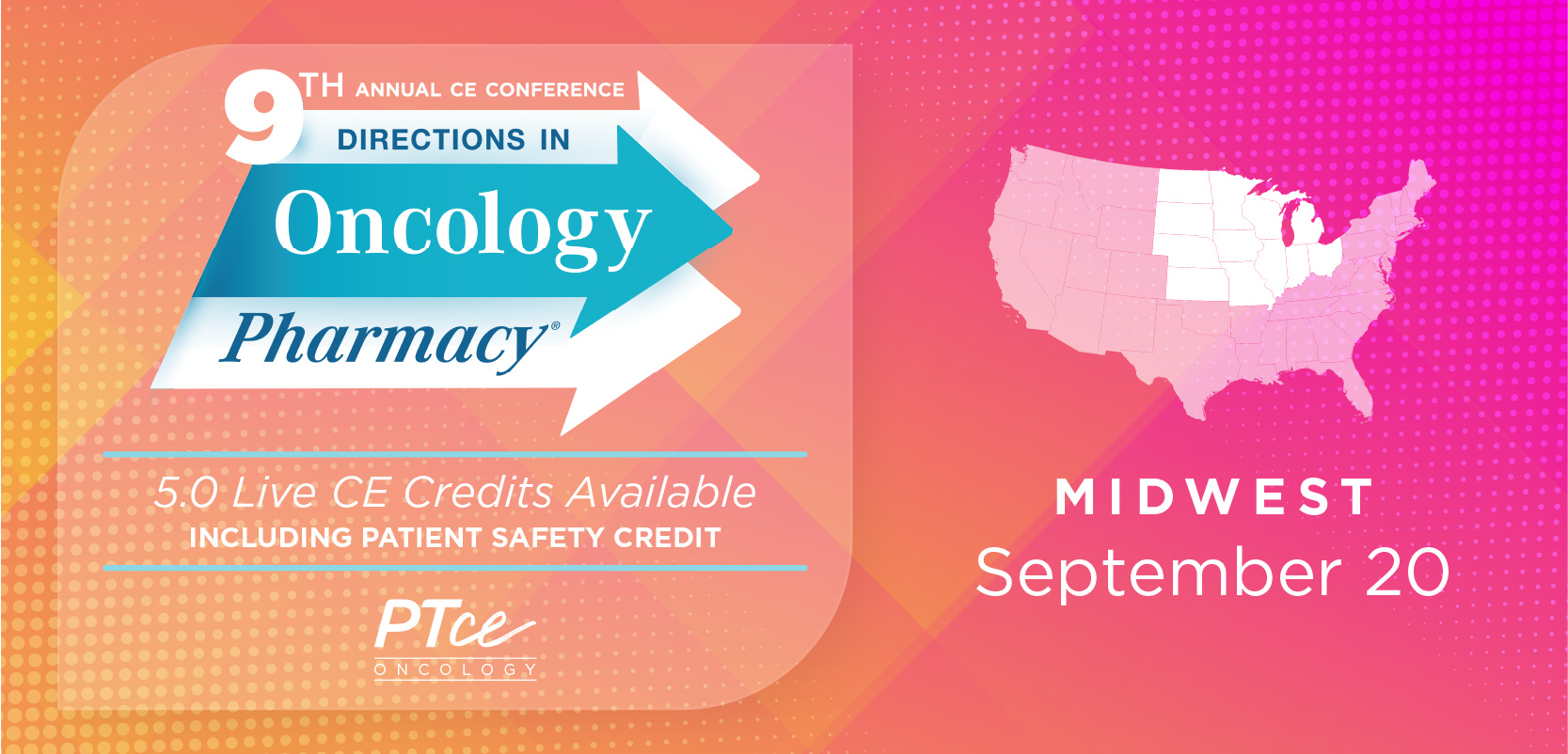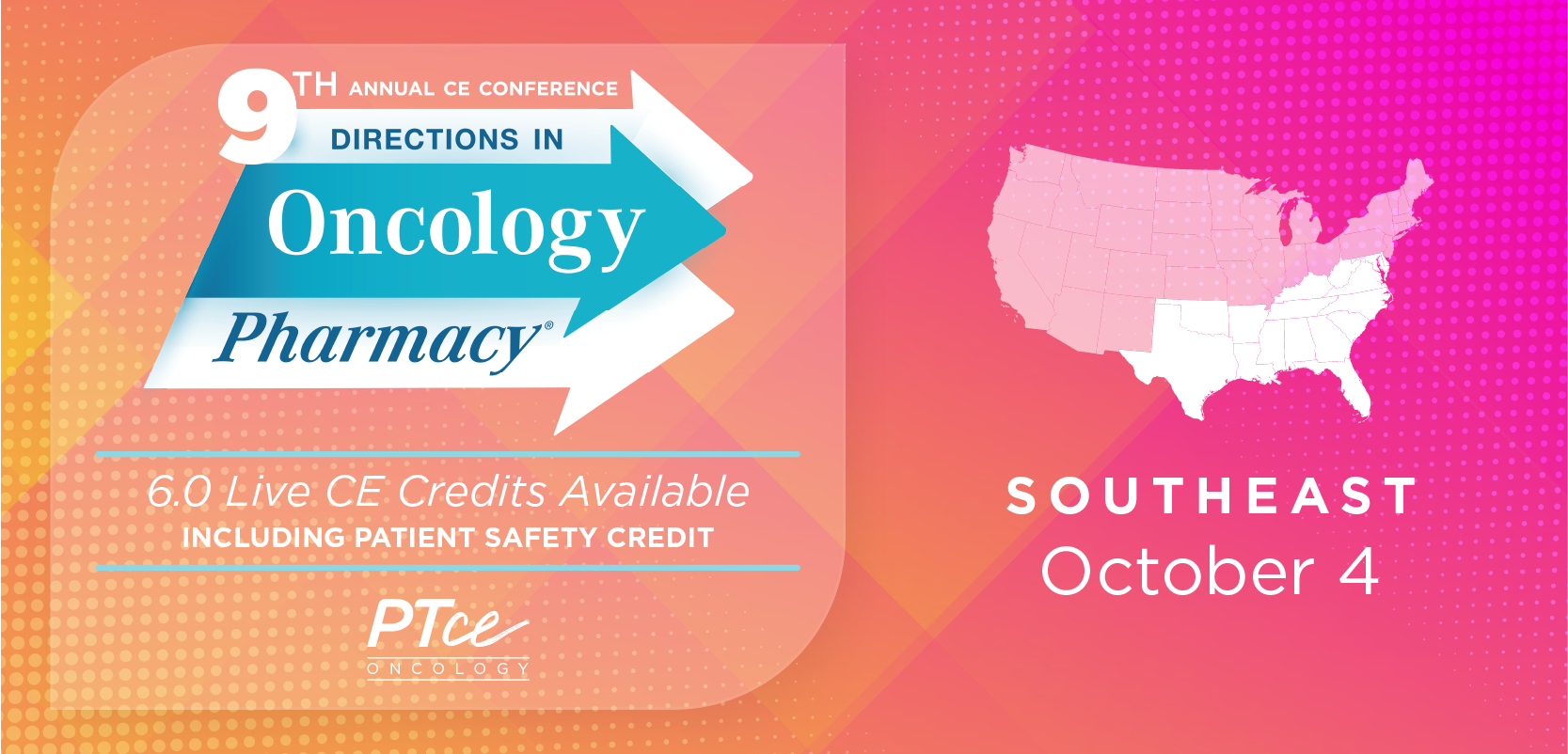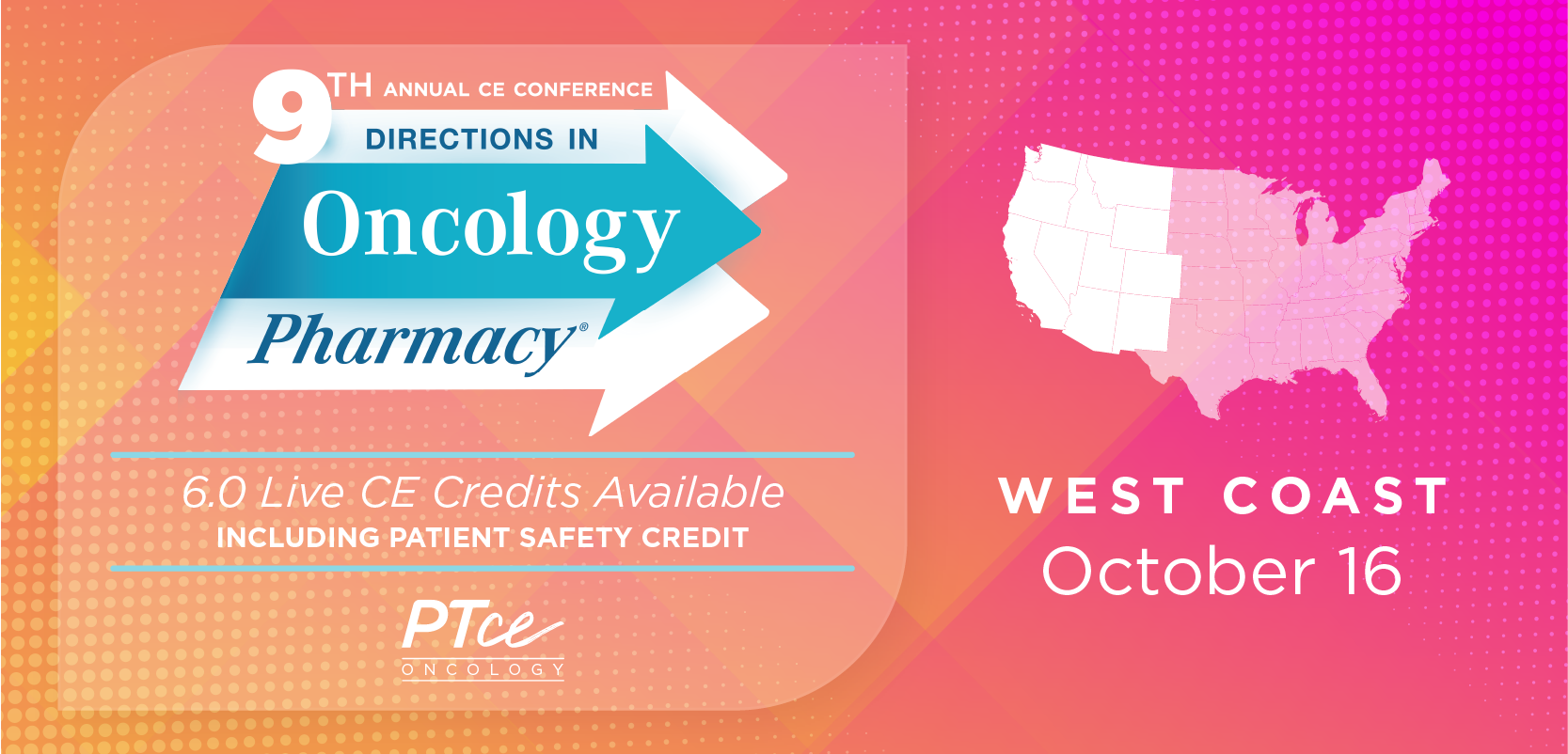Increasing Reliance on Technology in Pharmacy: Predictions for 2019
In a Tuesday session at the American Society of Health-System Pharmacists (ASHP) Midyear Clinical Meeting in Anaheim, CA, some predictions were shared from the ASHP Foundation’s Pharmacy Forecast.
The future of pharmacy is evolving. Anticipating changes in the industry, as well as trends that will continue, mean that pharmacy leaders can better plan for them.
In a Tuesday session at the
According to the foundation, the goal of the forecast is to improve the effectiveness of pharmacy leaders, and assist with strategic planning. According to the Forecast, "survey respondents were selected by ASHP staff after nomination by the leaders of the ASHP sections."
The 2019 Forecast predicts changes in the education and work dynamic of pharmacists, enhancements in medication delivery for patients, innovations in technology that change the way pharmacists will interact with patients, and a more enhanced role of the patient in their own care, among other areas.
“Strategic planning is so critically important, and that is why the forecast is such an effective tool,” said Lee Vermeulen, BS Pharm, MS, FCCP, FFIP, the project’s director and editor of the forecast.
Education and Workforce
Pharmacist burnout was a top concern among those surveyed. The majority of those surveyed felt it is ‘very likely’ (21%) or ‘somewhat likely’ (40%) that burnout and the growing complexity of health care will increase the annual turnover rate for front-line pharmacists to at least 15%
“We do know that there is a rising awareness that we need to create programs,” said presenter Jannet M. Carmichael, PharmD, BCPS, FAPhA, FCCP.
Carmichael said the Forecast’s recommendation is for ASHP to immediately invest in research on burnout among pharmacists. Education, addressing the issue, and providing solutions is key, while minimizing any negative impact on patient care, Carmichael explained.
Technology
If the majority of those surveyed are correct, at least 25% of health systems will give community pharmacists outside their organization access to patient information from their electronic health records. This information could include laboratory test results and clinical notes, and would enable community pharmacists to perform patient care services.
“It’s really just going to require vision and management,” said Carmichael.
Twenty-five percent said this scenario was ‘very likely’ in 2019, while 37% agreed it was ‘somewhat likely.’
Pharmacists recommending digiceutical apps as acceptable therapy could also become more commonplace in 2019. Nearly half (48%) of those surveyed believe digiceutical apps will become accepted therapy in at least 50% of health systems.
“We’ve become so dependent on our smartphones that it is changing the world around us,” said Carmichael.
Health Care Delivery, Financing
Many survey respondents said they believe the introduction of biosimiliars will reduce national expenditures on biologics by 25%. Forty-five percent said it is ‘somewhat likely.’
However, presenter Erin R. Fox, PharmD, BCPS, FASHP, said she felt differently. “I don’t think it’s going to happen. There are so many roadblocks there,” she said. “Europe is benefiting from those lower costs. We are not.” Pharmacists play a role in advocating for more affordable access to care, Fox explained.
In addition, the ASHP recommendation notes that pharmacies must recognize how the costs and margins of biosimiliars drive financial outcomes and respond accordingly to protect their institutional financial performance.
The Opioid Crisis
Many pharmacists polled believe more health systems will provide structured educational programs to improve the pain management. The Forecast authors stress the important role that pharmacists play in opioid stewardship programs, and emphasize the importance of shared decision-making with patients on the best way to address their pain.
“All these efforts are leading into reducing opioid-related deaths,” said presenter James M. Hoffman, PharmD, MS, BCPS, FASHP. “We’re starting to understand that term: 'opioid stewardship'.”
Additional predictions in the ASHP Foundation Pharmacy Forecast 2019 can be found on the foundation’s
Reference
Vermeulen LC, Eddington ND, Jorgenson J, et al. ASHP Foundation Pharmacy Forecast 2019: Strategic Planning Advice for Pharmacy Departments in Hospitals and Health Systems. Amer J Health-System Pharm. 2018; sp180010; DOI: https://doi.org/10.2146/sp180010
Newsletter
Stay informed on drug updates, treatment guidelines, and pharmacy practice trends—subscribe to Pharmacy Times for weekly clinical insights.
Related Articles
 Effectively Managing Immunizations in the Long-Term Care Setting
Effectively Managing Immunizations in the Long-Term Care SettingSeptember 18th 2025
 Creating a Culture of Quality in Fast-Melt Tablet Development
Creating a Culture of Quality in Fast-Melt Tablet DevelopmentSeptember 18th 2025
 Advise Patients About Self-Care Measures to Treat Mild to Moderate GI Issues
Advise Patients About Self-Care Measures to Treat Mild to Moderate GI IssuesSeptember 18th 2025

















































































































































































































